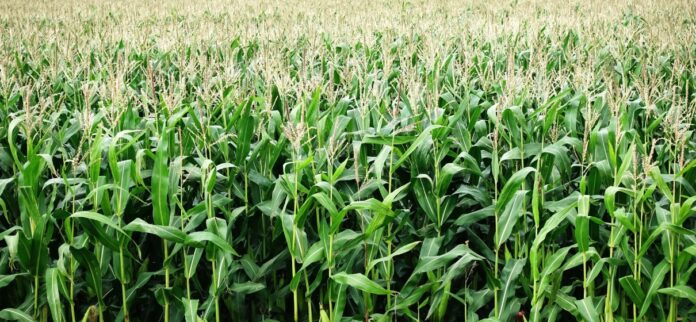Have you always wanted to grow fruits and vegetables? Luckily the USDA has made it easier for American farmers to grow food!
However, this sounds like too much work! Worry no more because you can grow crops without a lot of effort. Letting it work for you is the key to getting the most out of your garden.
Once you know a few tricks, you can start growing crops that increase your bounty and reduce your workload. Learn more through our tips and tricks on how to get the best results from your garden this summer.
Prepare Your Plant Beds
Preparing your plant beds is a crucial component of crop growing. It includes tilling the earth and testing the soil for its nutrient balance. Ensure the pH is optimal for your chosen crops and secure proper drainage.
Remove large rocks and weeds, and ensure airflow and sun exposure to the area. Maintain mulch cover to prevent weeds, encourage beneficial soil organisms, and preserve moisture.
Use Fresh Seeds
Older seeds may not be as reliable in germination and growing as fresh ones. Purchase seeds from a trusted source and store them in a cool and dry place until ready to sow.
Be patient and purchase fresh seeds from a guaranteed provider. Avoid rushing to buy uncertain ones.
A Healthy Plant Transplant
Deep watering the new transplant and mulching around it. When it’s time to fertilize the soil, use compost or slow-release fertilizers. It will help give the plants the proper nutrition needed to thrive.
It would be best if you did pruning and observed the leaves, colors, and growth. It’s also important to check for pests or diseases.
Grow Crops Depending on The Season
Various crops adapt to weather conditions, temperatures, light, and soil. Some even require different amounts of water and fertilizer to produce sufficient yields.
It is crucial to choose suitable crops and planting times to ensure success in the harvest. When selecting crops, research what grows best in your region. Pay close attention to the timing of both planting and harvesting.
You Need Healthy Soil
Without healthy soil, crops won’t receive the nutrients they need to thrive. Therefore, learning how to care for soil properly is essential.
To ensure soil health, use a soil test kit to determine what nutrients you need to add to the soil. You can also use a pacesetter found here for soil nutrition. Additionally, make sure to incorporate organic matter and practice land management strategies.
Do crop rotation, no-till farming, and cover cropping. You can nourish the soil by regularly testing it and following proper land management. It will improve the chances of having a successful crop in the long run.
Use These Tips to Start Growing Crops Soon!
Follow these steps when growing crops. It will give you the necessary knowledge for success. With a bit of practice and patience, you will soon become experienced in growing crops and reap the rewards.
This guide will be a great help to you in your journey. Try it out today with actionable tips and insights to get your farm up and running.
Was this article helpful? We have more exciting topics in our blog. Make sure to check it out.










